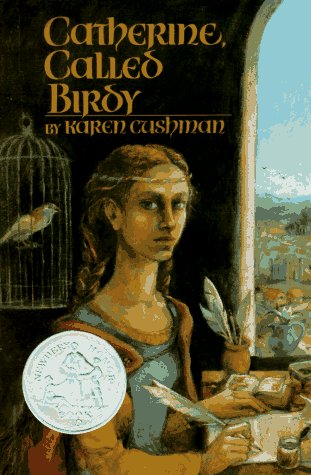
The British ethnocentric and bias view of the First Australians caused conflict between the two cultures because the British didn’t comprehend the aborigine’s lifestyle. When the first fleet arrived, the colonizers were very narrow minded of how different the Aboriginals were compared to them. The English referred to them as uncivilized people. When the 2 groups faced one another, no violence occurred, the Aboriginals greeted the British with positivity. They danced and it was like a play ground encounter. Although the Australians welcomed the British with acceptance, they still viewed their culture as primitive and savage. They recognized them to be a passive and unsophisticated race. The British viewed the Aboriginals as animals, who can’t own any land. They didn’t consider the Aboriginals as real people. But in order to gain and colonize Australian, they had to build a fairly good relationship with the natives. They even brought some back to England to get them to adapt to their culture, but when some refused to stay and travelled back to Australia to continue their lifestyle, one of the British government officials wrote in their obituary, repetitively calling them savage and barbarians who can not be ‘helped’. A few years later, the relationship between the two cultures crashed. The British colony was starting to spread out, grabbing the best farmland they could. They removed the Aboriginals crops, which consisted of yams, and replaced them corn which was a more cherished food source in their culture. This made the Aborigines quite angry and upset, leading to a war to get revenge. A war over farmland was not the only struggle that occurred, more conflict aroused when the British yearned to put an end to the Aboriginal race. Targeting the primary source of population – women and their children. In then end, the aboriginals were established as ‘uncivilized’ and ‘destructive’ individuals who needed to be saved from themselves. Ethnocentricity causes you not to comprehend nor appreciate another cultures. It causes you to become so absorbed in your own society, you can’t take time to understand others. The British labelled the aborigines and commented that they weren’t equal to the Englishmen. The dispute between the Aboriginals and the British were mainly due to the misbehaviour and violence of several British. The Aboriginals were nothing but friendly and peaceful towards the British, they just refused to acknowledge the different backgrounds and take them into consideration.





